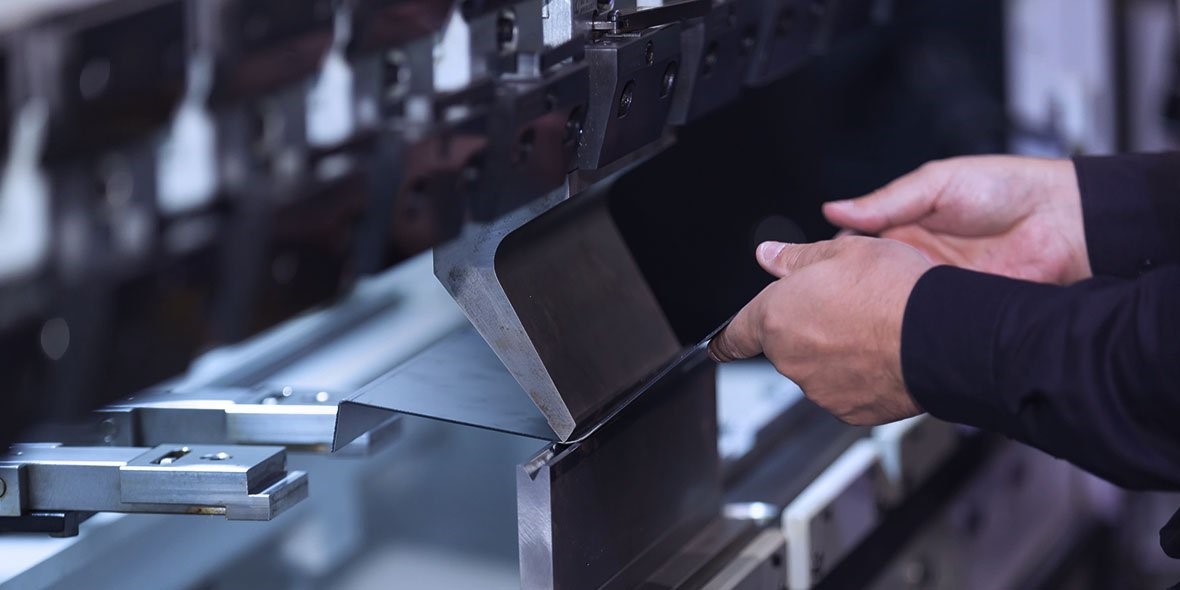Sheet metal fabrication and Moulding in China have been an essential component of manufacturing for many years, with applications ranging from electronics to automotive and aerospace. The China sheet metal fabrication keeps up with technological advancements, introducing a number of improvements that improve productivity, accuracy, and adaptability. The following are some major innovations that are now transforming sheet metal fabrication:

Advanced CNC Machines
Sheet metal fabrication has been revolutionized by Computer Numerical Control (CNC) machines. The margin for mistakes is significantly reduced by the high accuracy with which modern CNC machines can execute intricate cuts and shapes. The production of complex designs and prototypes that were previously impractical or extremely labor-intensive is now feasible because of this invention.
Laser Cutting Technology
Laser cutting is one of the major developments in sheet metal manufacturing. This technique can precisely cut through metal by employing powerful lasers. Faster processing times, less material waste, and the ability to cut intricate details and complicated forms that are impossible to produce with traditional cutting technologies are just a few benefits of laser cutting.
Waterjet Cutting
Waterjet cutting is another cutting-edge method that has become more well-known recently. This technique slices through metal by using a high-pressure spray of water that is occasionally combined with abrasive elements. Waterjet cutting is incredibly adaptable and can cut through a wide range of materials, including metals, composites, and ceramics because it doesn't produce heat that could change the material's characteristics.
3D Printing and Additive Manufacturing
The process of creating sheet metal is becoming more and more reliant on additive manufacturing, or 3D printing. Metal printing is now possible because of developments in 3D printing technology, while it was previously limited to plastics and composites. With the help of this invention, complicated, lightweight structures that would be hard or impossible to construct using conventional manufacturing techniques can now be created.
Automation and Robotics
Numerous facets of sheet metal manufacturing have changed as a result of automation and robotics. Automated systems and robotic arms can swiftly and precisely complete repetitive operations, saving labor costs and boosting manufacturing efficiency. Automation also increases safety by eliminating human mistakes and taking over risky duties. Moreover, completely automated production lines can be created by integrating automated systems with other technologies like CNC machines and laser cutters.
Advanced Materials
Sheet metal fabrication has been impacted by advances in material science as well. In addition to being lighter and simpler to work with, new metals and composites are being developed that offer enhanced strength, durability, and corrosion resistance. Manufacturers are able to create high-performance parts that satisfy the exacting standards of sectors like automotive and aerospace with these innovative materials.
The advancements in sheet metal fabrication allow manufacturers to produce intricate and high-quality components at a lower cost to help businesses progress. The capabilities and opportunities of sheet metal fabrication are changing due to technological breakthroughs such as 3D printing, automation, smart manufacturing, and sophisticated CNC machines, and laser cutting technologies. We may anticipate even more ground-breaking innovations that will influence the course of this vital sector as technology advances.
















